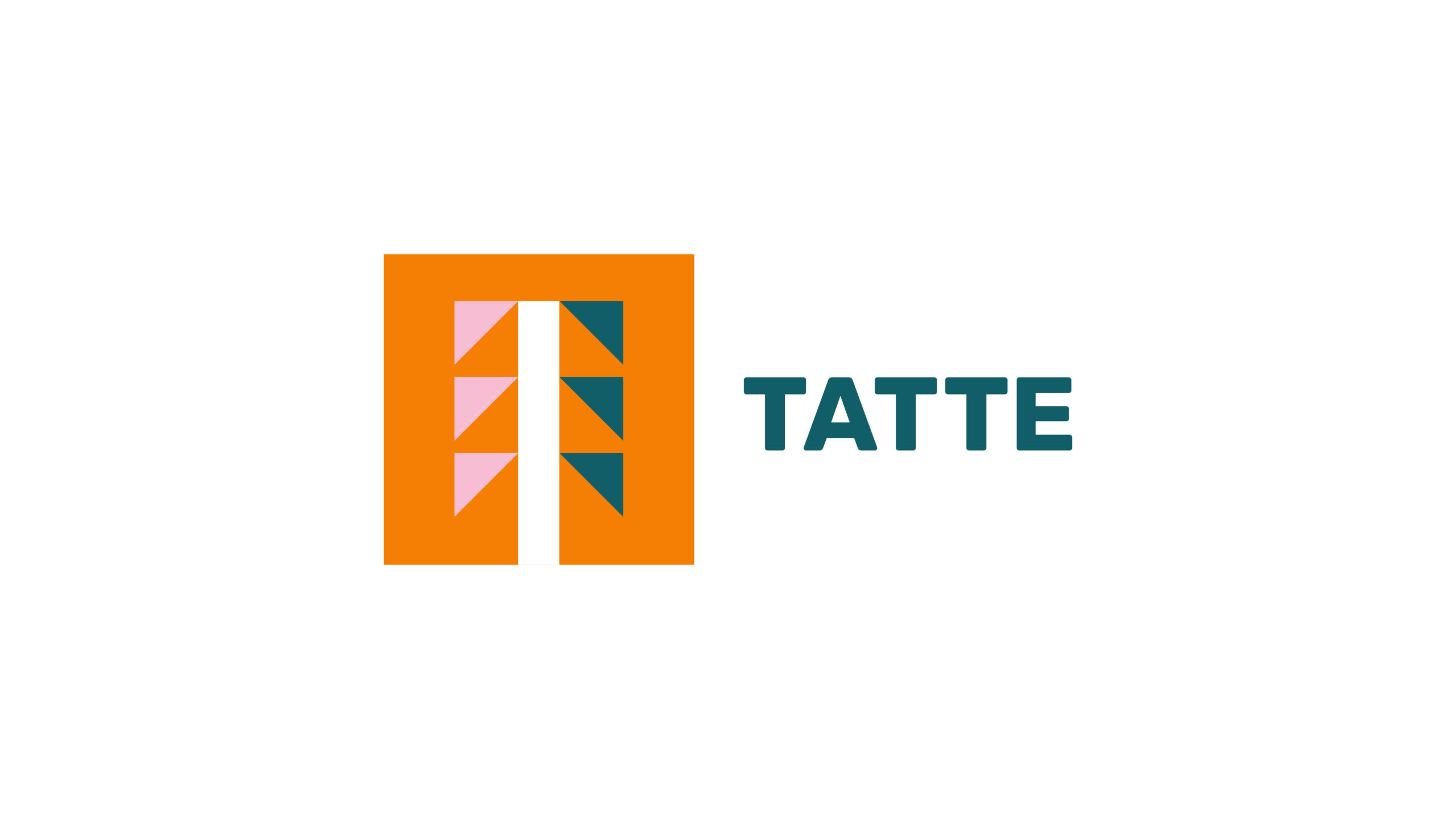Tatte is grateful for another opportunity to make its position heard on the preparations for Tampere University’s campus development plan second phase (2026-2030).
Tatte finds it difficult, however, to offer an accurate or detailed statement, since the call for comments did not really specify what should be commented on. The generic nature of the call gives us some concern about the efficacy of the statements – we are sadly aware of the previous track record of asking for participation only to have those voices marginalized when it comes to concrete changes to the university’s change processes.
In our previous statement on campus development plans from December 2021, we asked the university to use long-term planning and consideration when evaluating the plans, their implementation and outcome together with the university community. Once more, however, it appears as if the campus development plans are progressing according to a predetermined plan, since we’re already discussing the second phase of the space reduction. We have not had the opportunity to determine what will be the consequences of the first phase: for example, simply divesting from Pinni A will cause significant issues with working conditions and space on the central campus. A successful transition into new, functional working spaces cannot be assumed as a given at this stage.
Our original understanding was that the second phase would be evaluated based on the experiences gleaned from the first phase. Now it seems the campus development process has already built its own managerial momentum, which means our statements are meaningless – a waste of our time, and empty participation. The strategic direction of the university remains unaffected by considerate and well-argued viewpoints. These problems have been one of the core problems in the new university and were highlighted in the recent internal review report. It is disheartening to see even when identified by external experts, the university is incapable of reviewing its process, and maintain that what effectively is one-sided reductions of space should still be falsely called “campus development”.
Tatte expresses its deep concern over the lack of details in the plan. What is the university’s budget for radically renovating thousands of square meters? What is the monetary investment the university is placing in its spaces, or is the entire point indeed only to cut costs? This second phase is not reflected in the updating university strategy (prioritizing staff well-being as a matter of strategy) and in the currently proposed financial estimates or action plans.
We at Tatte find it difficult to rationalize how the university proposes cutting down on its spaces beyond the first phase of campus development without significantly – and negatively – impacting working conditions at the university for staff and students. This impact will already be caused by the first phase, which will cause disturbances across the campuses. Following the first phase immediately with the second will mean years of disruptions in the working conditions in most buildings across all campuses.
We are concerned over the emphasis of reductions in the second phase on the central campus. Legitimating the plans necessitates more concrete plans and explanations on why and how this is to be realized from the perspective of working space needs at the university.
We do, however, react with (cautious) positivity to the HUBS-spaces planned at the main building. This kind of a space has been lacking and we can see great value in new spaces that facilitate different meetings and engagement of the university community and its stakeholders. Done well, a Tampere version of a “Think Corner” could serve an important purpose, and also allow the university to divest from Paidia as an expensive marketing space.
Tatte asks, once more, that no long-term plans over campus development are made – particularly in the second phase – until it is possible to evaluate the impact of the first phase. The university management and the board are obviously free to express their goals for university spaces, but the most important and determining voice over what should be done belongs collectively to the university community.
Tampereen yliopiston tieteentekijät, Tatte ry
